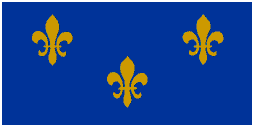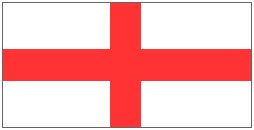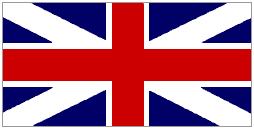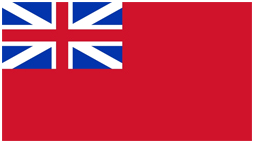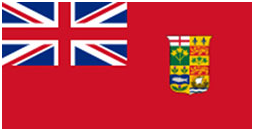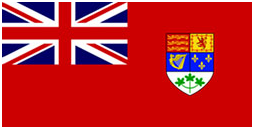The Canadian flag celebrates its 54th anniversary on Feb. 15, 2019. Here’s a look back at how the design was chosen and the runners-up you may not know about.
The final design of the flag is the result of the contribution of many, extending over a century. The process began in 1895 when Edward M. Chadwick suggested to the Canadian government it should have its own national flag featuring a maple leaf.
Almost 30 years later in 1925, a committee was established to research possible designs but never completed the project. A second committee was given a similar task in 1946. More than 2,600 designs were submitted but a formal vote was never held to choose a winner.
Early in 1964, Prime Minister Lester B. Pearson told the House of Commons that the Government wished to adopt a distinctive national flag. A committee was formed and submissions were called for once again.
They narrowed down the submissions to three final designs:
A red ensign with the fleur-de-lis and the Union Jack.
A flag with three joined maples leaves in between a blue border.
The single leaf design in between a red border.
The National Flag of Canada was approved by the House of Commons and the Senate in 1964 and was proclaimed by Her Majesty Queen Elizabeth II on January 28, 1965. It was raised for the first time in an inauguration ceremony on Parliament Hill on February 15, 1965.
Below are the flags used by Canadians for the past 400 years before the final design was chosen.
Fleur-de-lis (1647)
The fleur-de-lis was a symbol of French sovereignty in Canada from 1534, when Jacques Cartier landed and claimed the New World for France, until the early 1760s, when Canada was given to the United Kingdom. Although a number of French military flags were used in Canada during this period, including the white flag of the Marine royale after 1674, the fleur-de-lis held a position of some prominence.
Cross of St. George (1577)
The Cross of St. George traces its history back to the legend of St. George, who became the patron saint of England in the late Middle Ages. The red cross associated with St. George came into wide use as a national emblem of England in 1274, during the reign of Edward I.
The earliest recorded use of the Cross of St. George in Canada is found in a watercolour painting by John White. It depicts English explorers struggling with Inuit, most likely on Baffin Island during Martin Frobisher’s expedition of 1577. It was also carried by John Cabot when he reached the east coast of Canada in 1497.
Royal Union Flag (1707-1801)
In the early 1760s, the official British flag was the two-crossed jack or the Royal Union Flag. It is commonly referred to as the Union Jack.
Red Ensign (1707)
The Red Ensign, a red flag with the Union Jack in the upper corner, was created in 1707 as the flag of the British Merchant Navy.
Royal Union Flag (1801-1965)
Following the Act of Union between Great Britain and Ireland in 1801, the diagonal Cross of St. Patrick was incorporated with England’s Cross of St. George and Scotland’s Cross of St. Andrew. This gave the Royal Union Flag its present-day configuration. This flag was used across British North America and in Canada, even after Confederation from 1867 until 1965.
Red Ensign (1871-1921)
The Red Ensign was commissioned to include a fly bearing the quartered arms of Ontario, Quebec, Nova Scotia and New Brunswick in 1871. From approximately 1873 to 1921, as new provinces entered Confederation or received some mark of identification (sometimes taken from their seal), that mark was incorporated into the shield. By 1921, it was made up of the coats of arms of the nine provinces then in Confederation. It was unofficially used on land and sea as Canada’s flag.
Canadian Red Ensign (1921-1957)
In 1921, this unofficial version of the Canadian Red Ensign was changed by an order in council and the composite shield was replaced with the shield from the Royal Coat of Arms of Canada, more commonly known as the Canada Coat of Arms. This new version was approved for use on Canadian government buildings abroad. In 1945, an order in council authorized its use on federal buildings within Canada until a new national flag was adopted.
Canadian Red Ensign (1957-1965)
In 1957, the approved artistic interpretation of the Canada Coat of Arms changed the maple leaves on the Canadian Red Ensign from green to red.
(Information sourced form the Government of Canada website, History of the National Flag of Canada)
![footer-logo[1]](https://www.chch.com/wp-content/uploads/2023/10/footer-logo1.png)




